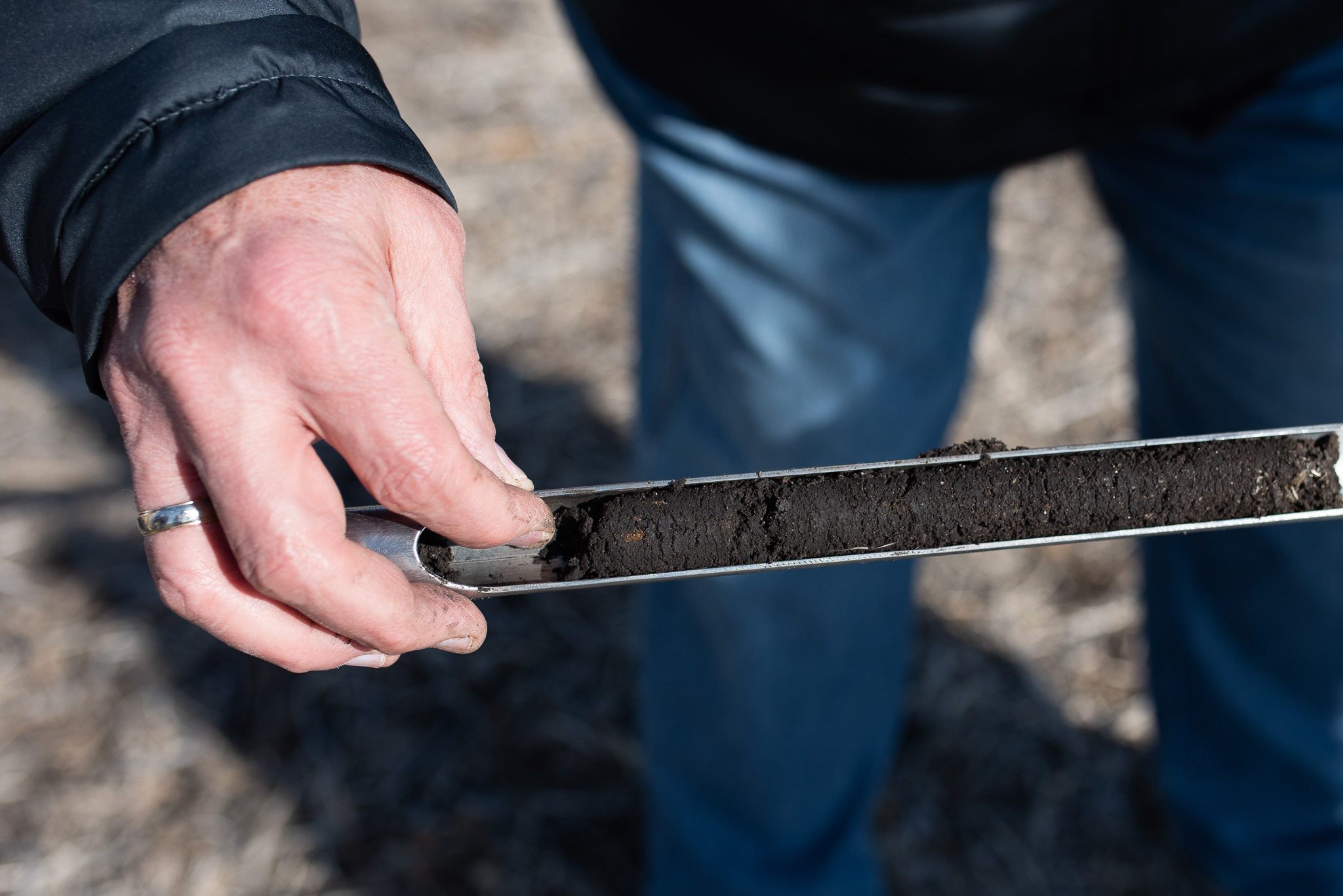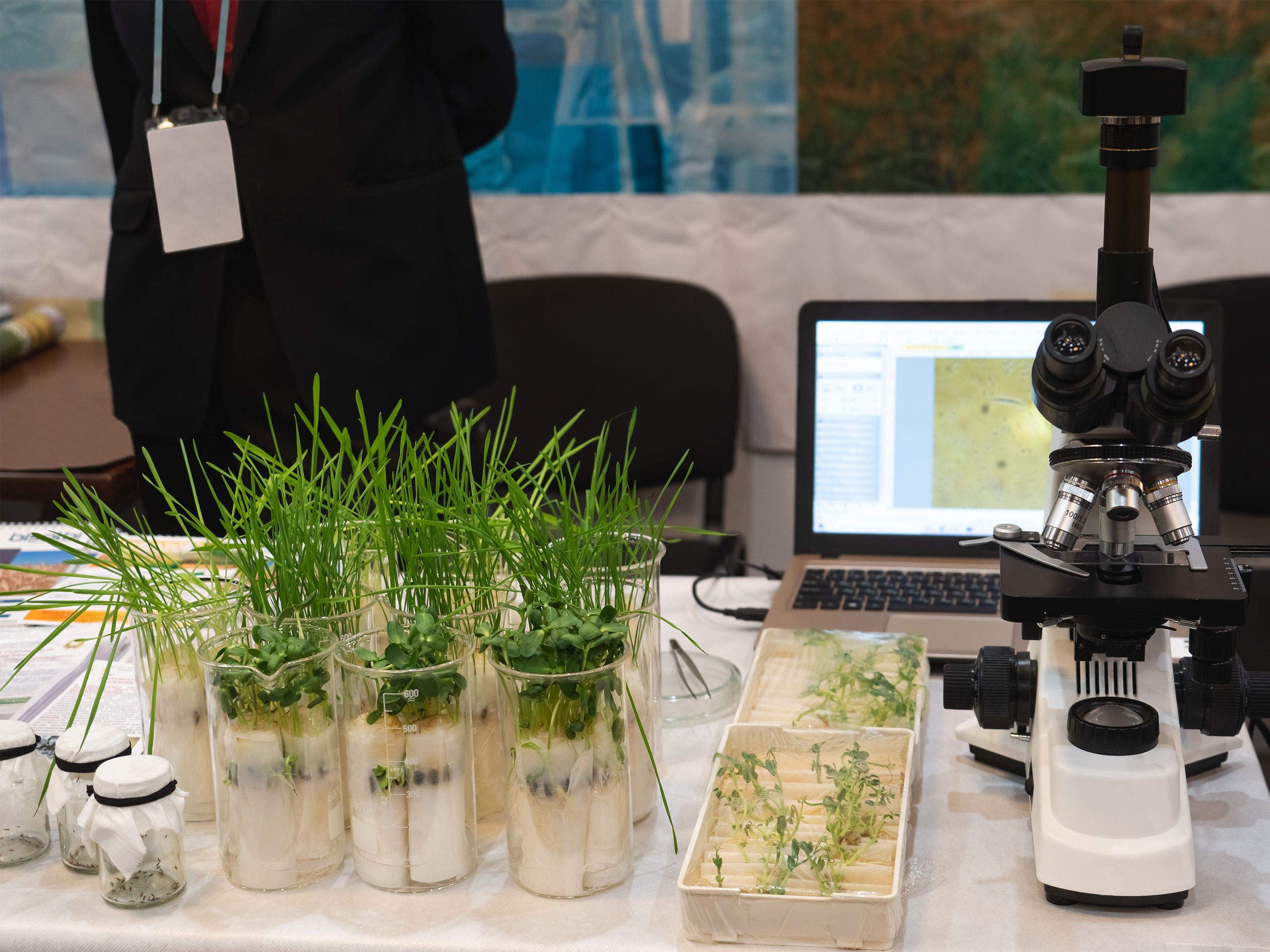Soybean cyst nematode (SCN) is the most damaging soybean pest in the U.S., causing an estimated annual loss of $1.5 billion. And when SCN is paired with other diseases or pathogens, those losses can multiply.
Studies have been conducted on interaction between SCN and oomycete pathogens like Phytophthora or Pythium, which also rank among the most devastating soybean pathogens year after year. Some research indicates the presence of SCN and these fungus-like organisms can have an additive impact on yields. Others, such as South Dakota State University’s Agronomy, Horticulture & Plant Science Department, have indicated the damage may be synergistic.
The bottom line: Yield losses are mounting in fields hit with both SCN and oomycetes.
SCN, Phytophthora and Pythium: Common soil pathogens that are tough to fight

Credit: Valent U.S.A.
Like SCN, Phytophthora and Pythium can survive in the soil for years. But it takes the right combination of environmental factors to activate the oomycetes that infect soybean seeds and seedlings, causing seed and root rot or damping off.
Early planting and moist soils – conditions conducive for strong yields – are also favorable for these pathogens. Phytophthora and Pythium can be moved from field to field via water or farm equipment, and they are most common in fields or areas of fields that are poorly drained, acidic, high in organic matter and low-lying. They also cause problems in soils with high clay content or compaction.
Unlike SCN that can quietly whittle away yields without visible above-ground symptoms (that’s why a mid-season SCN Root Check is important), Pythium and Phytophthora have visible impact. Symptoms include darkened or soft stems, uneven stands, damping-off and pale green, yellow or even brown leaves. By the time these above-ground symptoms are evident, control is nearly impossible and yield loss is inevitable. Replants run the risk of a repeat of the infestation.
As is the case with SCN, prevention is the best option for Pythium and Phytophthora. Control of all three requires a proactive, multi-faceted approach.
No one step for treating these soybean pathogens
SCN is developing resistance to what had been farmers’ primary defense – PI 88788 genetic resistance. Therefore, farmers need to take several steps to actively manage SCN:
- Test your fields to know your numbers
- Rotate resistant varieties
- Rotate to non-host crops
- Consider a nematode-protectant seed treatment
Managing Pythium and Phytophthora also requires farmers to defend soybean yield using several methods, including:
- Growing high-quality varieties with partial resistance to Phytophthora
- Using a seed treatment that targets oomycetes
- Waiting to plant until soil temperatures top 55 degrees Fahrenheit and soils are relatively dry
- Managing soils to improve drainage and limit compaction
- Rotating crops
Resistant soybean varieties are available for managing Phytophthora, but its 50+ races can make it difficult to match resistant genes to field isolates. Unfortunately, no resistant varieties are available for Pythium.
“Managing SCN and other pathogens is becoming more complicated than planting a resistant variety,” says Horacio Lopez-Nicora, plant pathologist and nematologist at Ohio State University, and a member of The SCN Coalition. “Consequently, growers need to incorporate other tools and practices as part of an integrated pest management program. That includes checking their roots for female SCN during the growing season.”
Todd Mayhew, Director of Seed Protection at Valent U.S.A., encourages growers to take a proactive management approach to soybean pests like SCN, Pythium and Phytophthora that rob yields from the roots up. “Don’t be complacent against these pests,” he says. “In many cases, once you’re seeing damage in the field, you’re beyond the window to prevent losses.”
Managing pressure from these pathogens starts with planning, Mayhew says. “Soybean farmers need to take an integrated approach that starts at planting. Valent U.S.A. offers seed treatment products including a nematode protectant that protects soybeans against all three of these economically damaging pests without requiring additional passes across the field during the growing season.”
Digging into the root of the matter
With SCN, Pythium, and Phytophthora, identifying what’s beneath the soil surface can help you prepare to fight these stubborn pathogens in seasons to come. That means going out to your field this summer and digging up roots.
With SCN, growers should scout for tiny white SCN females that are attached to roots. If they detect those females, they should make sure to pull some soil samples for an official SCN count after harvest.
We’d love to see your root checks in action. Share pictures on social media with the hashtag #SCNRootCheck and make sure to tag @TheSCNCoalition on Twitter and Facebook and @ValentUSA on Twitter and @WeAreValentUSA on Facebook.



